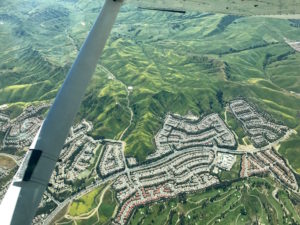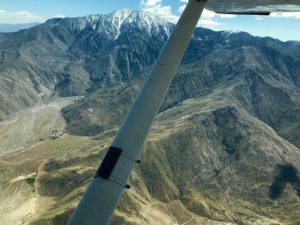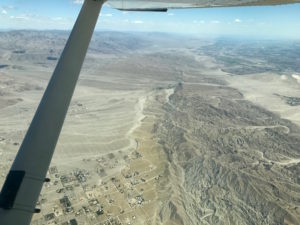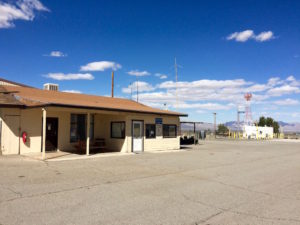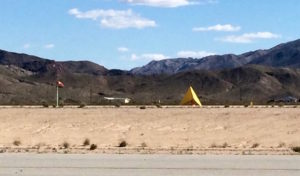Night flying refresher… to Burbank!
May 28th, 2017 at 10:18 pm (Flying)
Flying at night can be magical. The air is often smooth, winds die down, and there are fewer other planes out there. In L.A., a glittering carpet of colored lights spreads out beneath you. The city is transformed.
But flying at night is also challenging. It’s a skill that should be practiced and maintained. Recently I realized that it had been almost two years (!) since I flew at night, and it was high time for me to dust off some rust. So I set up a lesson with my instructor in which we decided to fly to Burbank and practice some landings there. The day of the lesson, the plane I’d booked was taken off the line for some maintenance, so I switched to a different plane that I hadn’t flown in over a year. Oh well – it’s still a Cessna 172, so who cares, right? (Except that its avionics are entirely different…)
Here is Burbank (Bob Hope) at night (awesome time-lapse video):
More accurately, this is Burbank’s runway 8, the one often in use by commercial jets. When we arrived, we were assigned to the crossing runway 15, which you can barely see poking out to the right. It is even harder to find runway 15 when you’re in the air and bouncing around in a surprising amount of turbulence.
My goal was to polish up my skills in night navigation and operations. But I kept getting extra curve balls thrown at me, due to how busy Burbank is (even at night). On our very first landing, the controller asked me to “keep it in close” so we did a short approach. Then we got a “line up and wait”, took off with a crosswind, and switched to runway 8 in hopes of getting less turbulence – whereupon we got to hear those magical words:
“Cessna 326, you are #2 following a 737 on a 4.5 mile final, caution wake turbulence.”
Alaska flight 524 was coming in ahead of us. Meanwhile we were getting jostled around by the consistently turbulent air on downwind (NOT the wake turbulence) which not only makes the plane harder to manage but also makes it hard to keep your hands on the controls! Thank goodness I have a strong stomach.
We did several stop and go landings, in which you come to a complete halt on the runway and then take off again. This is the most efficient way to get several full-stop landings in, but it comes with a curious feeling of vulnerability, like if you stopped your car in the middle of an intersection and then started it up again.
I think it was on my third takeoff that I suddenly added up all of the complexities of this situation:
- First night flying in almost two years
- In a plane I hadn’t flown in over a year
- Through significant turbulence
- To an unfamiliar airport I’d never visited
- Which is a class C airport with frequent jet traffic
Excellent learning experience when accompanied by a trusted instructor. Not something to do on your own! Next time I go out at night, I think I’ll visit Brackett or another local airport with a bit of a slower pace. :)
